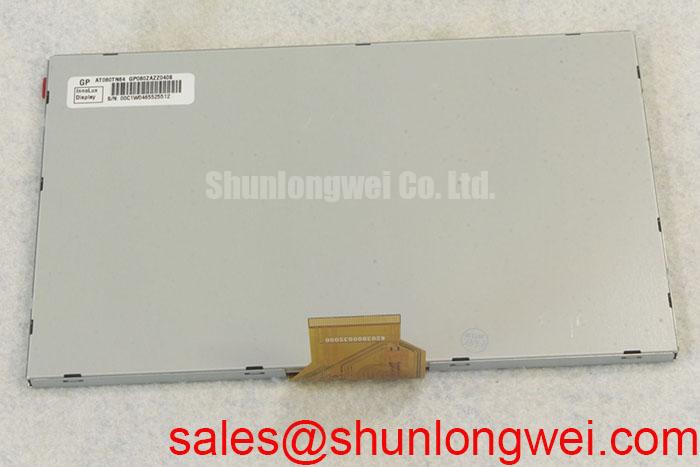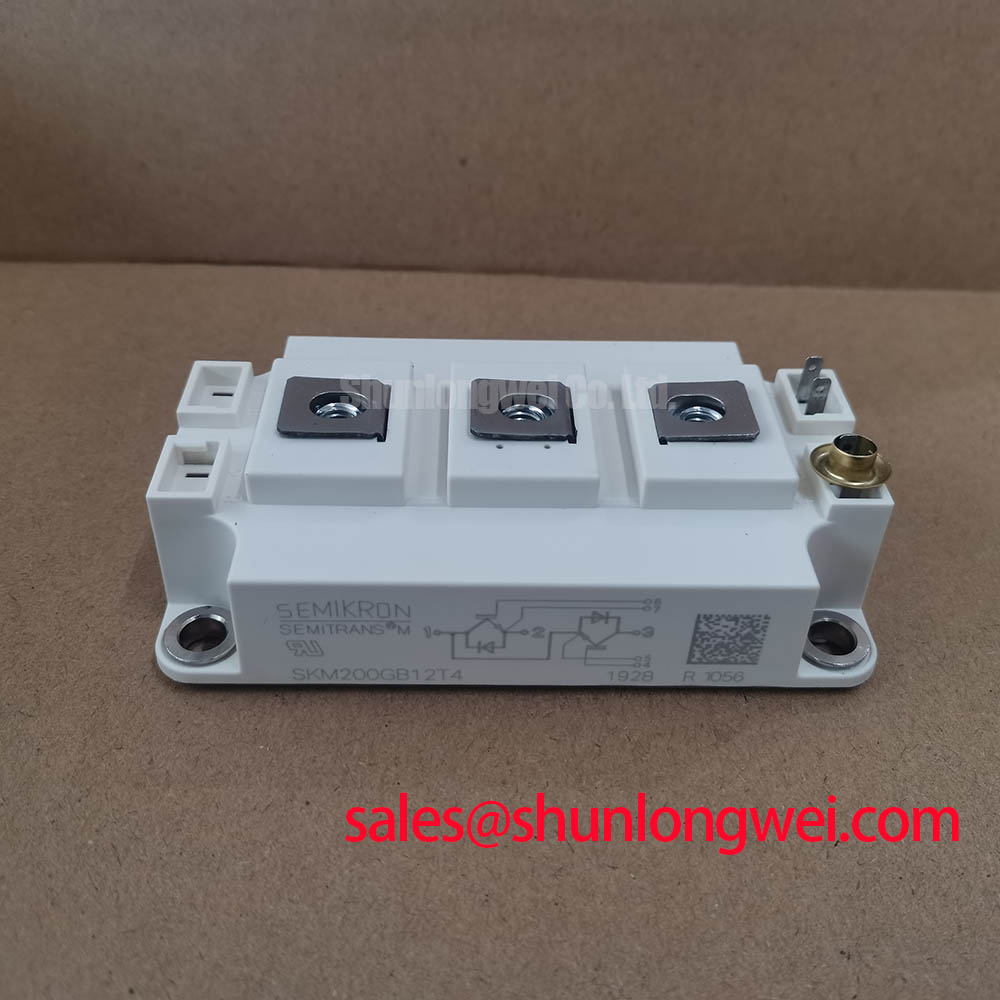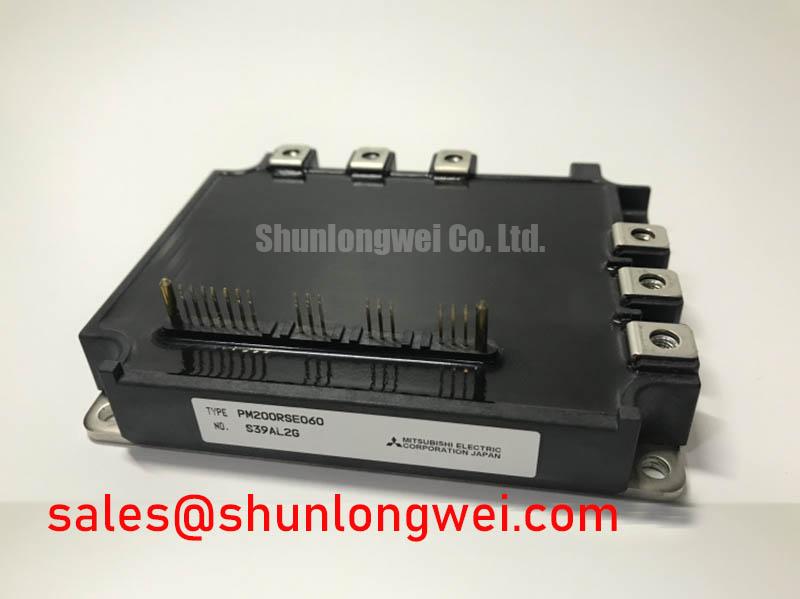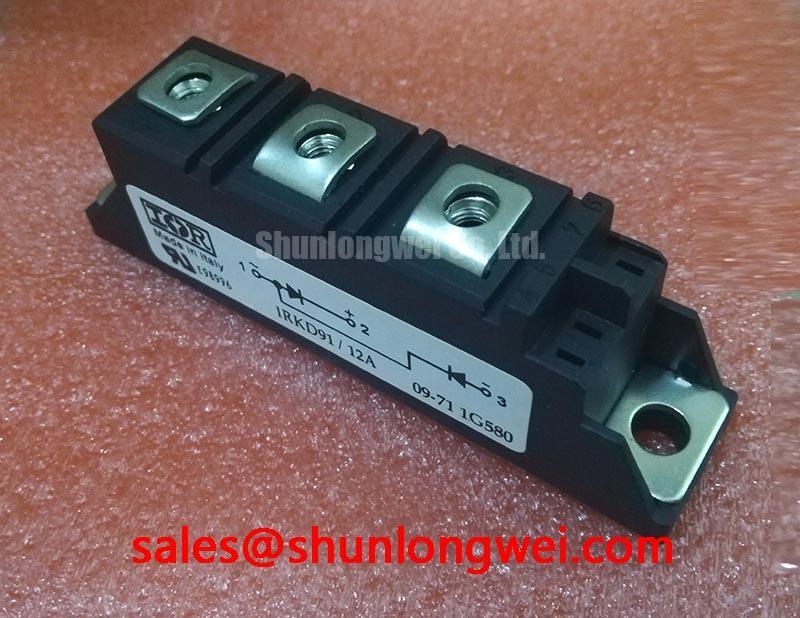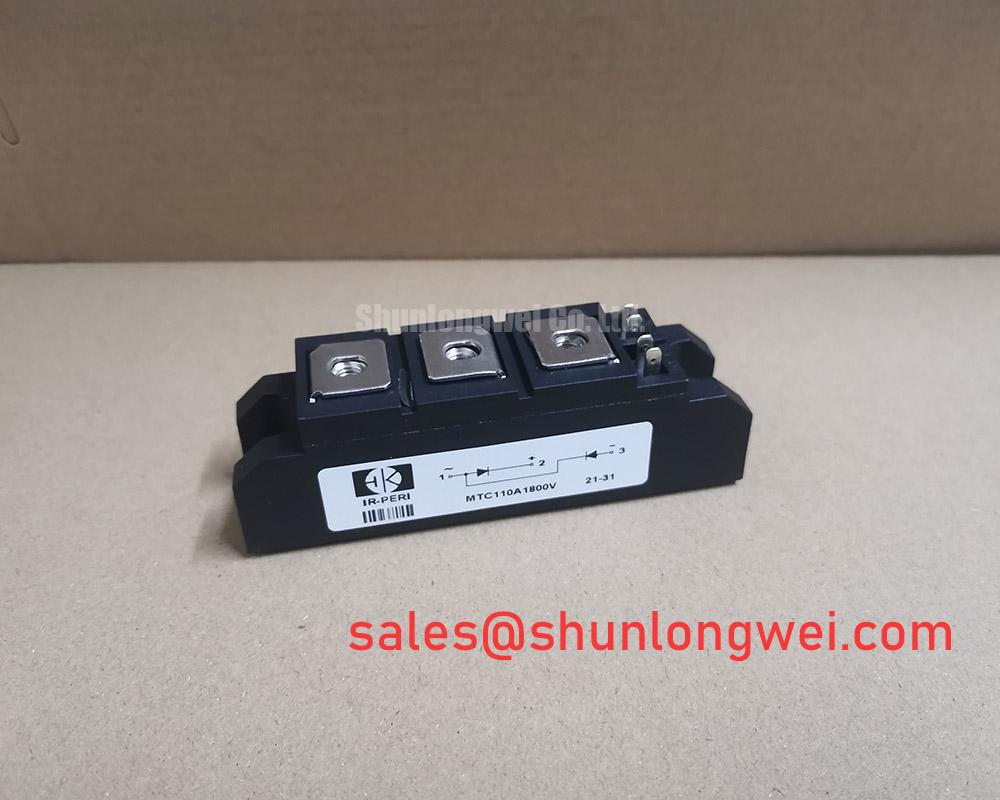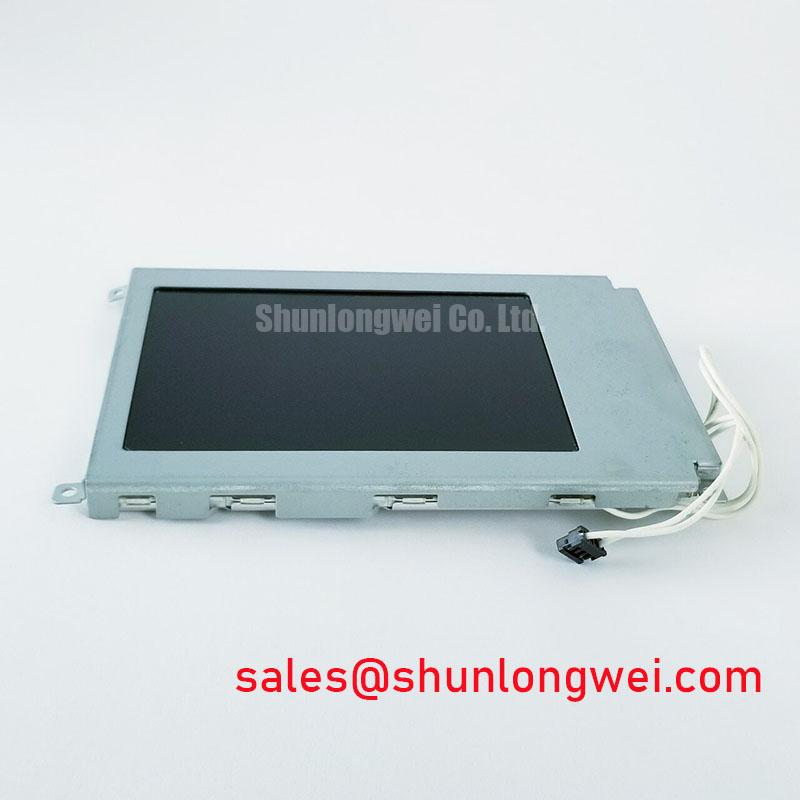AT080TN64: Engineering-Grade 8.0-inch SVGA Display for Thermally Demanding Applications
A Technical Introduction to the Innolux AT080TN64 TFT-LCD Module
Content last revised on October 12, 2025.
The Innolux AT080TN64 is an 8.0-inch a-Si TFT-LCD module engineered for exceptional operational stability in demanding industrial and commercial environments. Delivering a crisp 800x600 SVGA resolution and a wide operating temperature range of -30°C to 85°C, this display provides a robust foundation for systems where reliability is non-negotiable. Key benefits include extended thermal resilience and a long-life WLED backlight system. What is the primary advantage of the AT080TN64's specification? Its ability to function reliably without active heating or cooling in environments that would cause standard displays to fail. For industrial HMI applications requiring proven performance across extreme temperature fluctuations, this SVGA module presents a definitive engineering choice.
Key Parameter Overview
Decoding the Specs for Thermal Stability and Visual Performance
The technical specifications of the AT080TN64 are purpose-built for industrial integration. The parameters detailed below highlight the module's capacity for reliable performance under challenging operational conditions, with a focus on its thermal characteristics and core visual output.
| Parameter | Specification |
| Display Size | 8.0 inches (diagonal) |
| Resolution | 800 (RGB) × 600 [SVGA] |
| Pixel Pitch | 0.2025 x 0.2025 mm |
| Operating Temperature | -30°C to 85°C |
| Storage Temperature | -40°C to 95°C |
| Interface Type | Parallel RGB (1 ch, 8-bit) + SPI, 50-pin FPC |
| Luminance | 450 cd/m² (Typical) |
| Contrast Ratio | 500:1 (Typical) |
| Viewing Angle | 70/70/50/70 (L/R/U/D) |
| Backlight System | WLED, 20,000 hours (Min.) |
| Outline Dimensions | 183.0 (W) × 141.0 (H) × 5.9 (D) mm |
Download the AT080TN64 datasheet for detailed specifications and performance curves.
Application Scenarios & Value
System-Level Benefits in Uncontrolled Environments
The AT080TN64 is best suited for applications where the display is a critical component exposed to fluctuating and extreme temperatures. Its value extends beyond the panel itself, influencing overall system design, reliability, and total cost of ownership. The core engineering benefit is the elimination or significant simplification of thermal management hardware within a system's NEMA enclosure.
A high-fidelity engineering scenario is its use in an outdoor payment kiosk or a vehicle-mounted diagnostic terminal. In these systems, a standard display with a 0°C to 50°C range would require a dedicated heater for cold-start reliability and potentially a fan for high-temperature operation. The AT080TN64's native -30°C to 85°C range removes these requirements, directly reducing system complexity, power consumption, and potential points of failure. This thermal robustness ensures the Human Machine Interface (HMI) remains operational and readable whether deployed in a northern European winter or a Texas summer. For systems requiring a similar SVGA resolution but with different interface needs, the G084SN05 V9 offers an LVDS interface alternative.
Frequently Asked Questions (FAQ)
How does the AT080TN64's -30°C to 85°C operating temperature range directly influence system design?
This wide range allows engineers to design systems for outdoor or unconditioned indoor environments without incorporating costly and complex active heating or cooling systems for the display. This reduces the bill of materials (BOM), lowers power budget requirements, and improves overall system reliability by minimizing failure points.
What are the integration benefits of the Parallel RGB interface on the AT080TN64?
The Parallel RGB interface is a straightforward, widely supported standard on many embedded systems and single-board computers (SBCs). It offers a direct connection to the host processor's display controller, often simplifying the hardware design and driver development compared to serialized interfaces like LVDS. What is the key advantage? Faster time-to-market for projects with established processor platforms.
How does a 450 cd/m² luminance rating perform in typical industrial settings?
A luminance of 450 nits provides clear, effective readability for a wide variety of indoor industrial applications, such as factory floor HMIs, process control panels, and medical equipment. While not fully sunlight-readable for direct outdoor viewing, it is more than sufficient for covered outdoor areas or inside vehicle cabins.
With a 20,000-hour minimum backlight lifetime, what is the expected operational longevity?
A 20,000-hour minimum rating translates to approximately 2.2 years of continuous, 24/7 operation before the backlight reaches half its original brightness. In typical 8-hour per day industrial shifts, this provides a much longer operational life, contributing to a lower total cost of ownership, a key differentiator between industrial and consumer displays.
Technical Deep Dive
Implications of Thermal Resilience on Long-Term System Reliability
The standout feature of the AT080TN64 is its operational temperature range, a specification that has profound implications for long-term reliability. This is not simply about the display surviving extreme temperatures; it's about its ability to perform consistently across that entire spectrum. The liquid crystal fluid's viscosity and the thin-film transistors' response times are engineered to remain stable, preventing issues like slow response or image ghosting that plague lesser displays at temperature extremes.
Think of this thermal range as the operational envelope of an industrial robot arm; it is designed to perform its task with precision whether the factory is cold overnight or warm during peak production. Similarly, this display delivers consistent optical performance, ensuring that critical data communicated from a Programmable Logic Controller (PLC) is always clearly legible to the operator. This built-in resilience, coupled with the long-life WLED backlight, makes the AT080TN64 a component that enhances the reliability of the final product it is integrated into.
Strategic Integration Considerations
Selecting the AT080TN64 is a strategic decision for product lines intended for long service lives in variable environments. Its robust thermal specification aligns with the industrial sector's move towards deploying more sophisticated electronics outside of traditional climate-controlled rooms. By building a system around a component that is inherently resilient, engineers can focus resources on core application functionality rather than compensatory environmental controls, ultimately creating a more competitive and reliable end product.


